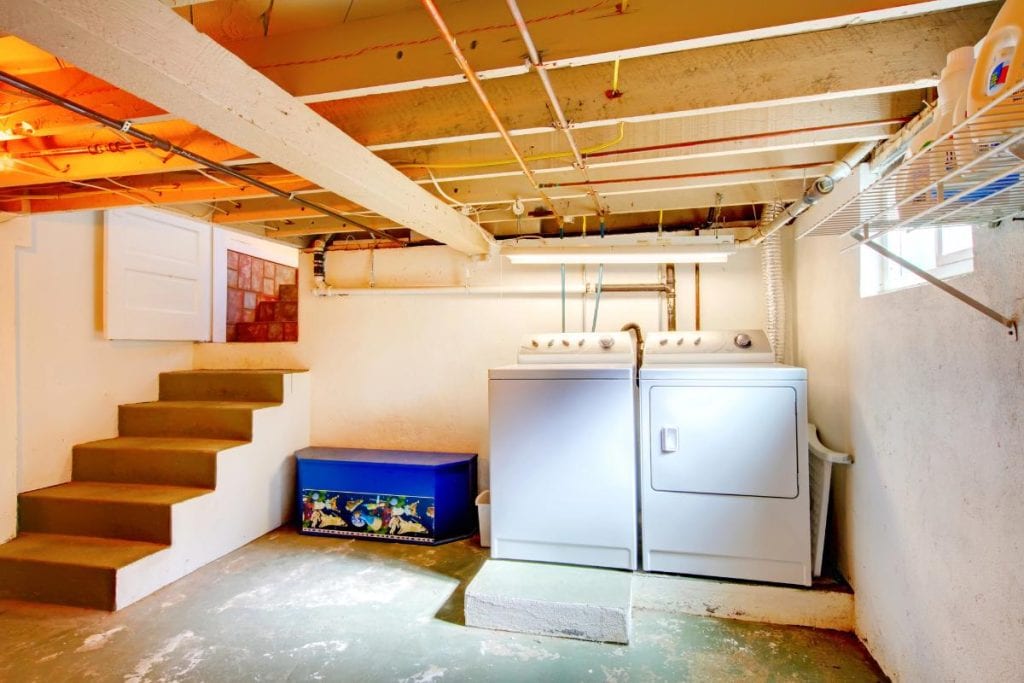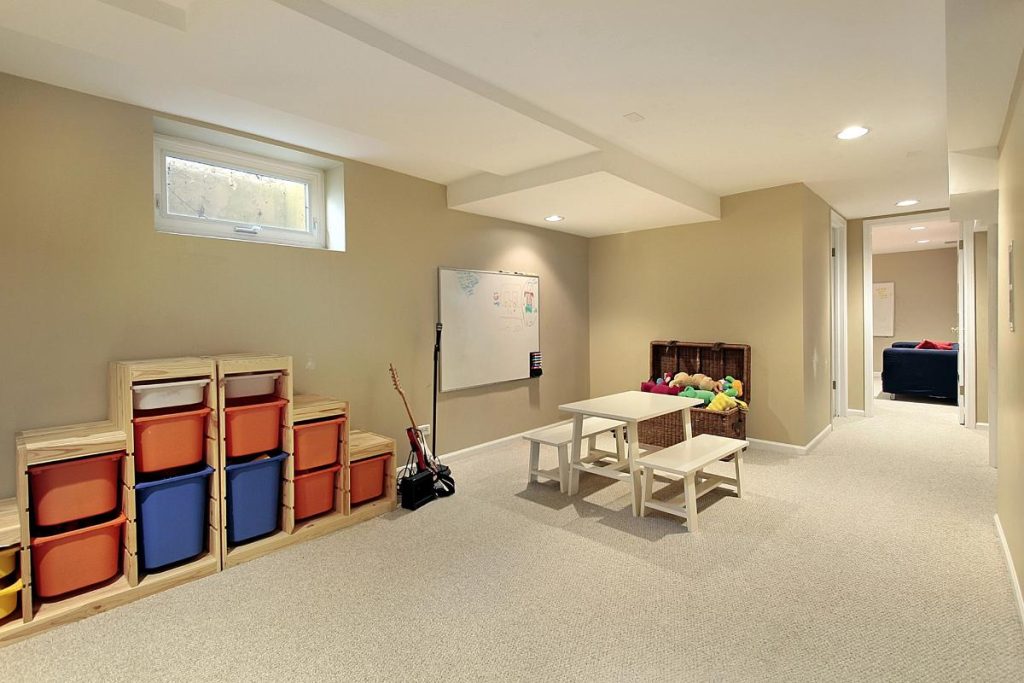The foundation of a safe and healthy home begins with a dry basement. Moisture and water in your basement not only threaten the structure of your home but can also lead to mold growth, which poses health risks to your family. Keeping your basement dry might seem like a daunting task, but it is achievable. By sidestepping common pitfalls, homeowners can ensure their basements stay dry and their living environment remains safe. Let’s walk through seven crucial tips to avoid the usual mistakes made during basement waterproofing, especially keeping in mind the specific challenges faced in regions like Toronto.

Proper Diagnosis
Water can seep into your basement from multiple sources, and each requires a different solution. A common mistake is treating all water intrusion issues with the same solution without properly identifying the source.
Before jumping into any waterproofing project, it’s essential to perform a comprehensive inspection to identify where the water is coming from. This might involve checking for cracks in the foundation, improper grading, walls or issues with your gutters and downspouts. Sometimes, consulting with a waterproofing expert can provide insight into the unique challenges presented by the local climate and soil conditions. For reliable solutions in waterproofing basement walls Toronto homeowners can trust local experts to protect their homes from water damage.
Use the Right Products
Not all waterproofing products are created equal. Using the wrong type or a low-quality product can lead to a failure in your waterproofing system, necessitating costly repairs down the line.
Always opt for products specifically designed for basement waterproofing. High-quality sealants, membranes, and drainage systems may cost more upfront but will provide better, more long-lasting protection against moisture. Toronto’s climate can be challenging, with its wet springs and cold winters, so choosing products well-suited to withstand these conditions is crucial.
Address Interior and Exterior Issues
Many homeowners concentrate their efforts on interior waterproofing, neglecting the exterior sources of water intrusion.
While interior waterproofing is vital, addressing external water sources is equally important. This includes ensuring proper grading away from the house foundation, installing efficient gutters and downspouts, and considering external waterproofing methods like parging and the application of external membranes. In Toronto, with its heavy spring rains, external drainage solutions are critical to prevent water from overwhelming your basement’s defenses.
Ensure Proper Drainage
Adequate drainage is the backbone of effective basement waterproofing. Overlooking this can lead to water pooling around your foundation, which increases the risk of seepage.
Ensure that gutters and downspouts are clean and direct water away from your foundation effectively. Additionally, French drains can be installed to redirect groundwater. Regular maintenance is necessary to keep these systems working efficiently, especially in Toronto, where leaves and debris can clog gutters quickly.
Seal Cracks and Joints
Small cracks and joints may seem insignificant, but they can act as pathways for moisture to enter your basement.
Sealing any cracks or joints in your foundation with the right sealants is a critical step in waterproofing your basement. Regular inspections, especially after the winter thaw in Toronto, can help catch new cracks early before they become major problems.
Avoid Quick Fixes
In the pursuit of saving time and money, homeowners might opt for quick fixes that don’t address the root cause of moisture issues.
While quick fixes might offer temporary relief, they are unlikely to solve the underlying problem. Investing time and resources into comprehensive, long-term solutions, like underpinning (when necessary for structural integrity) or installing a permanent interior waterproofing system, can save money and headaches in the long run.

Regular Maintenance
Basement waterproofing is not a set-it-and-forget-it solution. Failing to maintain your waterproofing systems can lead to their eventual failure.
Regular maintenance, including clearing gutters, inspecting sump pumps, and monitoring humidity levels in your basement, is essential to ensure the continued effectiveness of your waterproofing measures. Homeowners in Toronto should be particularly vigilant during spring and fall to prepare for the region’s heavier rainfalls and melting snow.
As we delve into more specific solutions like this underpinning Toronto service, it’s important to recognize it as a viable option for both correcting foundation issues and adding depth to your basement. Underpinning involves extending the foundation depth or breadth to offer better support to your home’s structure. It’s a long-term solution that, while costly and involved, can rectify serious foundation issues and even create additional living space, thereby increasing your home’s value. Due to Toronto’s diverse range of home constructions and varying soil types, underpinning can sometimes be a necessary step in ensuring your basement remains dry and stable.
By following these seven tips, you can avoid common mistakes in basement waterproofing and ensure the long-term health of your home. A proactive approach, involving regular maintenance and the use of suitable, high-quality products, will save you from costly repairs and myriad problems associated with a wet basement. Remember, while some solutions might require significant investment upfront, the peace of mind and structural integrity they provide make them worthwhile. For homeowners in Toronto, paying special attention to the city’s unique challenges and considering underpinning as a structural solution can be particularly effective. Implement these strategies to enjoy a dry and safe basement that enhances rather than detracts from your quality of life.
Don’t wait until it’s too late. Begin implementing these essential tips today to secure a dry and healthy basement. Whether it’s scheduling an inspection, cleaning out your gutters, or considering more substantial interventions like underpinning, your proactive steps today can safeguard your home for years to come.
